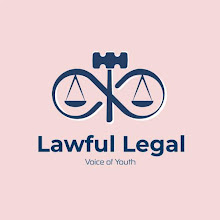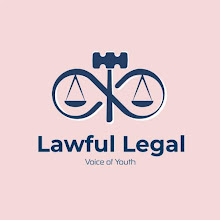Student Rights and Protection Against Ragging: A Legal Perspective
Author:- SIYONEE ISLAM, A STUDENT OF TECHNO INDIA UNIVERSITY
Introduction:
Ragging, a term often associated with harassment, bullying, and humiliation of students in educational institutions, remains a pressing concern worldwide. This legal blog delves into the rights of students and the legal protections available to them against ragging in educational institutions.
Understanding Ragging:
Ragging refers to any form of physical or psychological abuse, often initiated by seniors or fellow students, with the intent to assert dominance over newcomers. It can include activities like verbal abuse, humiliation, physical harm, or even sexual harassment. Ragging not only impacts a student’s mental and physical well-being but can also hinder their academic progress.
Legal Framework:
The UGC Regulations: The University Grants Commission (UGC) in India has issued strict regulations to prevent ragging, including guidelines for institutional mechanisms and penalties for perpetrators.
Anti-Ragging Laws: Many countries have enacted specific laws and regulations to combat ragging. For example, India has the “Ragging Prohibition Act” that outlines severe penalties for those involved in ragging activities.
Student Rights: Students have a fundamental right to a safe and secure educational environment. This includes protection from ragging, and institutions must ensure this right is upheld.
Human Rights Perspective: Ragging can also violate human rights, such as the right to dignity and security. International human rights instruments can provide additional protection.
Protection Mechanisms:
Anti-Ragging Committees: Educational institutions are required to establish anti-ragging committees to receive complaints and take prompt action against perpetrators.
Anonymous Reporting: Providing students with a safe and anonymous way to report ragging incidents encourages reporting and ensures confidentiality.
Awareness Programs: Educational institutions should conduct regular awareness programs to educate students about the consequences of ragging and the importance of a respectful campus environment.
Legal Recourse: Students who experience ragging can seek legal recourse through local law enforcement agencies, campus authorities, or the judiciary, depending on the severity of the incident.
Conclusion:
Protecting students from ragging is not just a moral imperative; it’s a legal obligation for educational institutions. By understanding their rights and the legal framework in place, students can play an active role in preventing and combating ragging, creating a safer and more respectful academic environment for all.




![Freedom of Speech in India [Indian Supreme court and Law of Sedition]](https://blogger.googleusercontent.com/img/a/AVvXsEiGLLUmLKq5Da6xDZplasOZHKRj-jOhWPkoeuy0_Eq757tUpOiHz-xooXwIlAjF0-hmBfi-TtMIv6on_sVgBXVq4wbWwnbsqLOcNX22S8C2aSq-ZuK3vn9wWAx8tXByYOBfwc0hs6b8RJV84YNFG2greouGKjup6g8kN-xVlchW33VHdSSmrhLC1BUEVbGp=w680)





